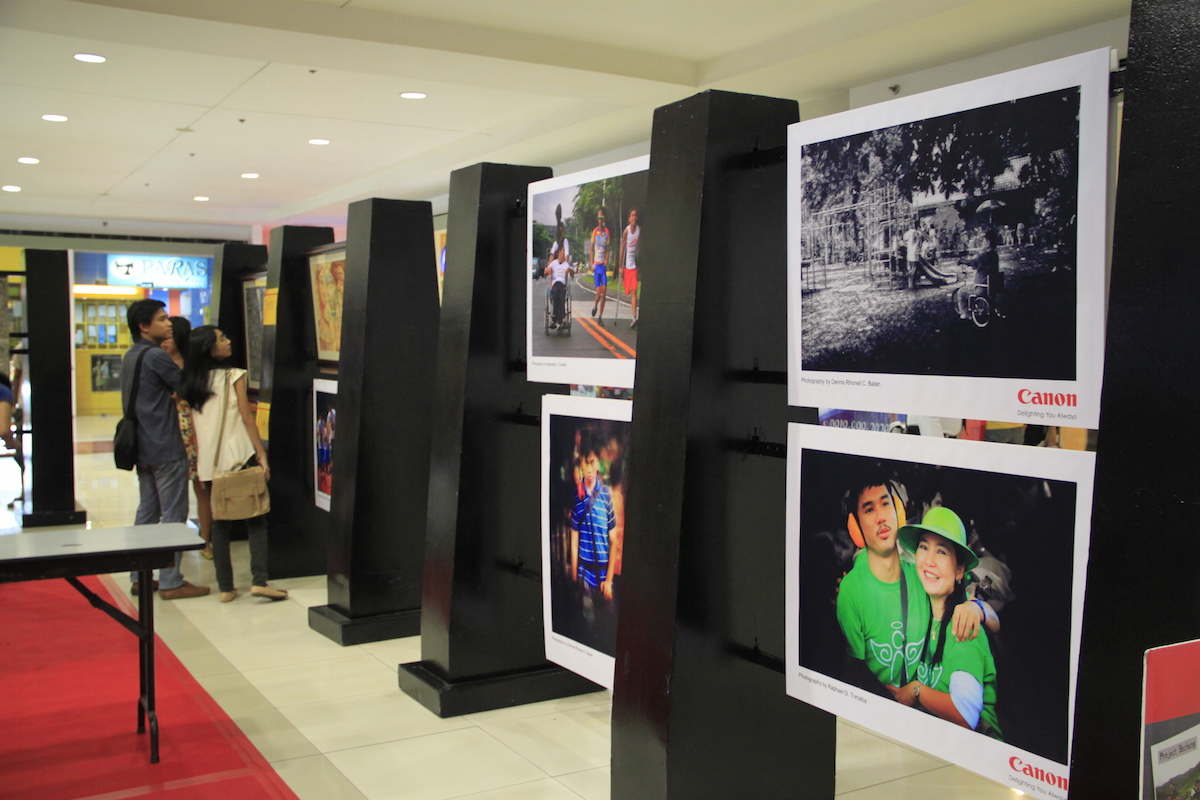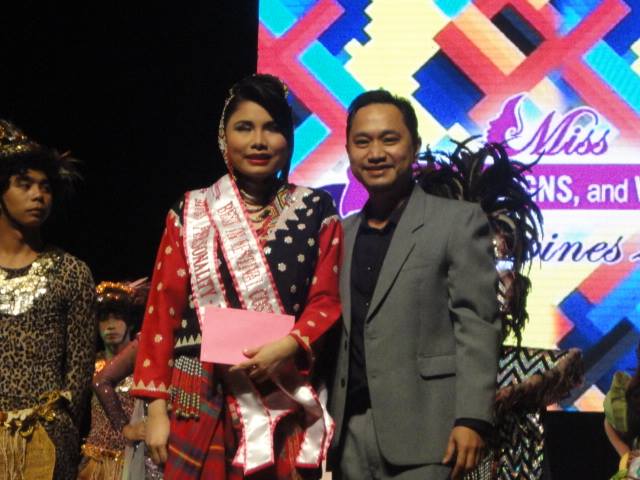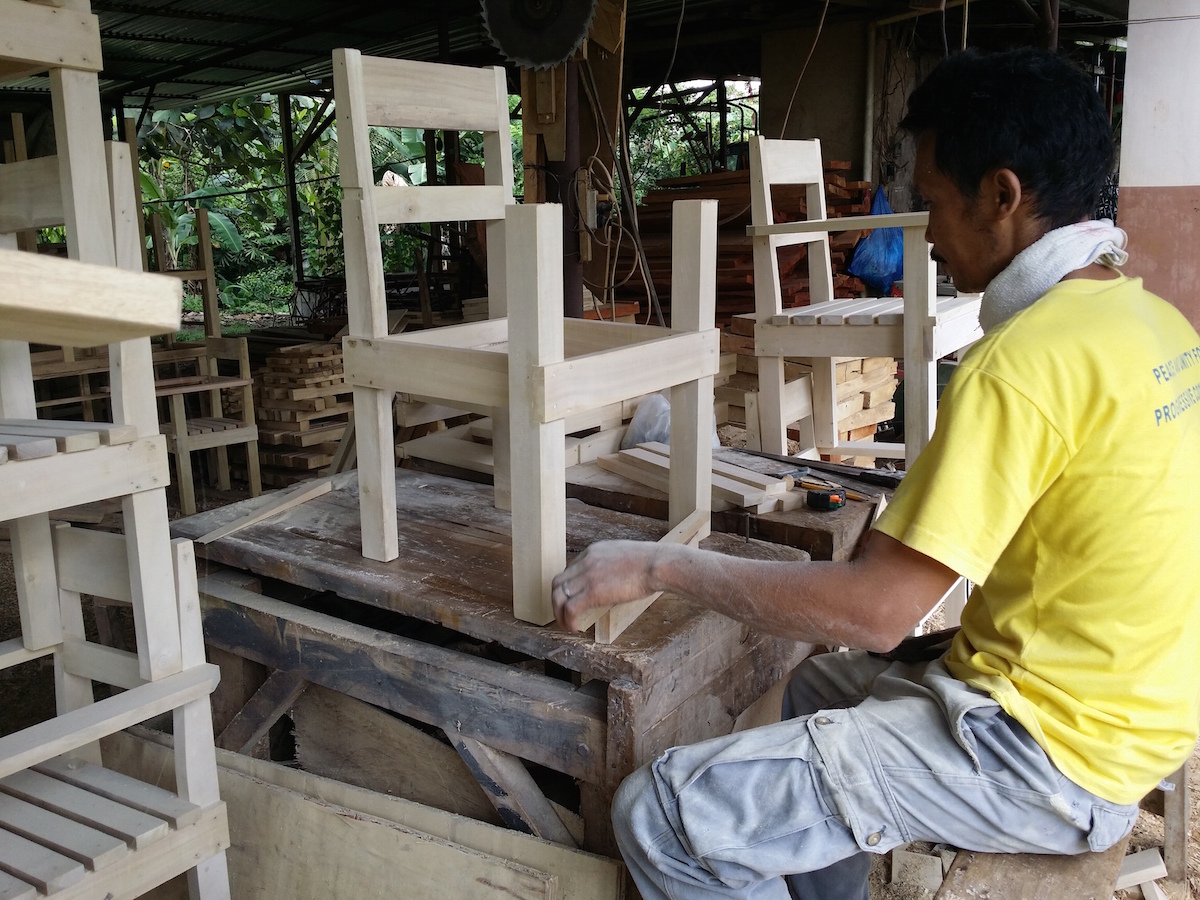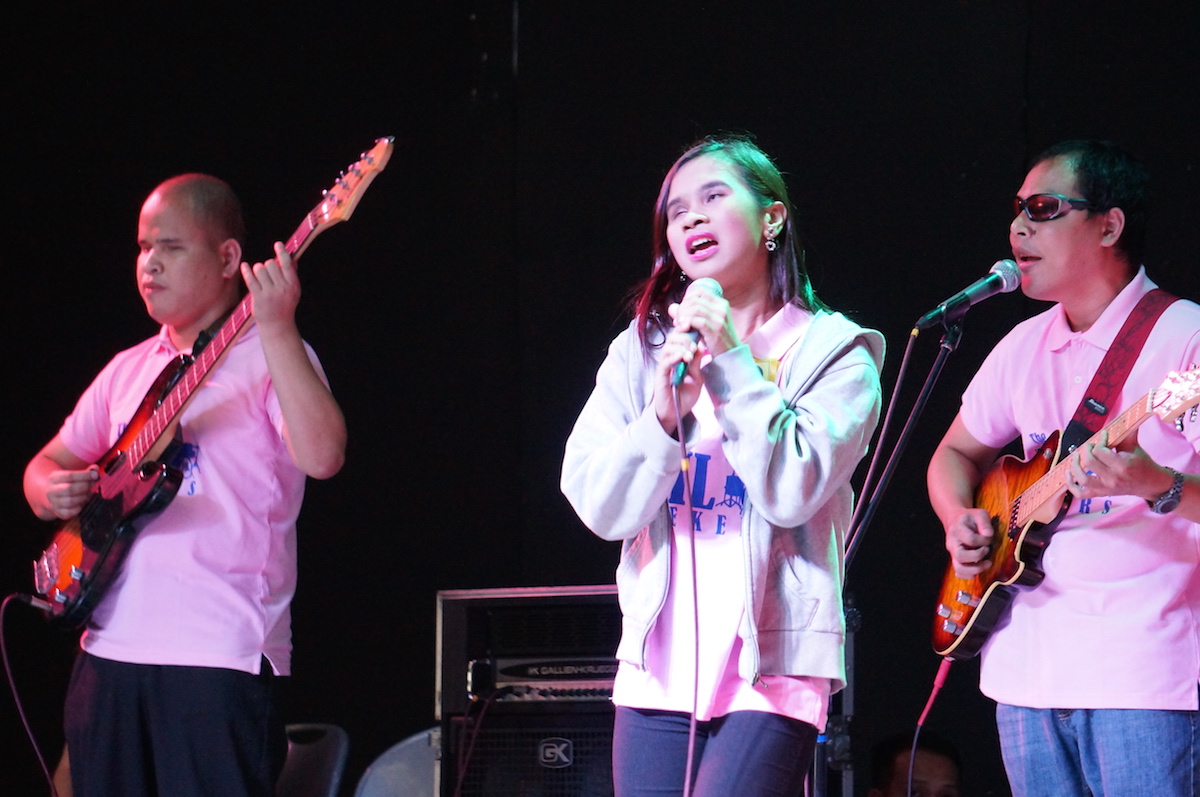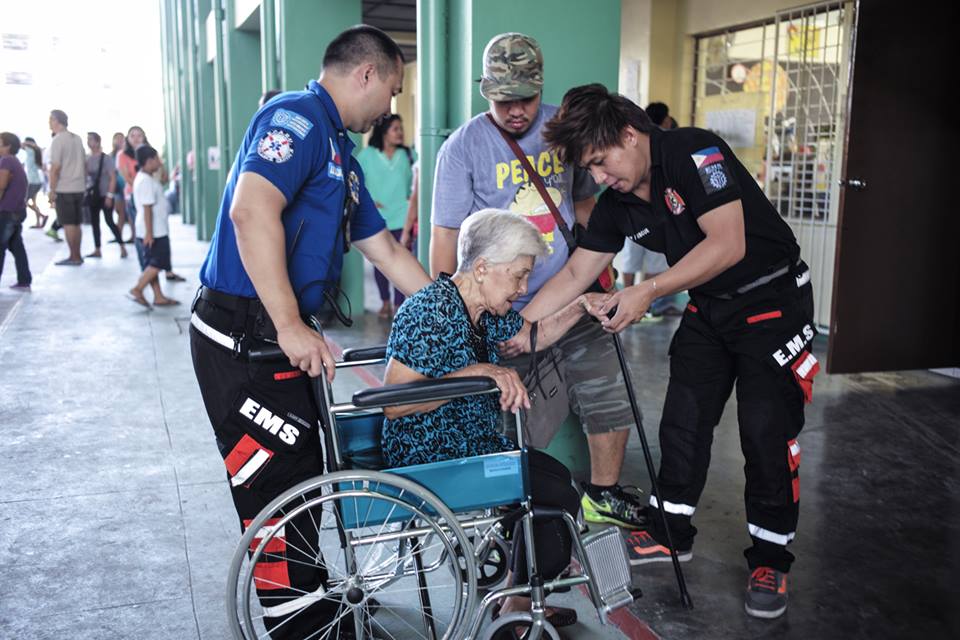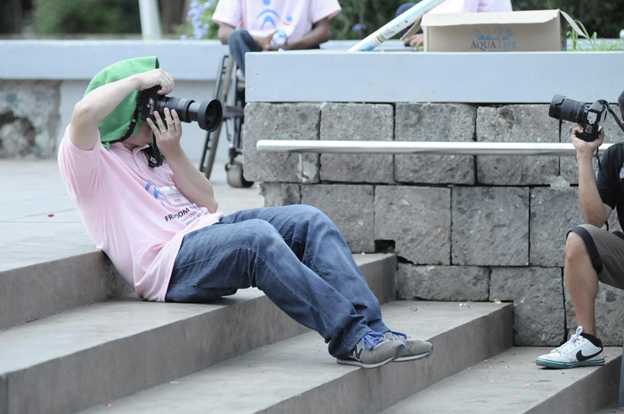
By CAMILLE AGUINALDO
RAPHAEL Torralba never thought that a fall from the stairs would change his life forever.
The impact of the accident when he was two years old left him with tinnitus, a ringing in the ears. He tried to subdue this unnerving feeling by covering his ears but to no avail. Every time his mother would call him, he did not respond. According to the doctor, the accident partially damaged his hearing.
Since then, the ringing in his ears has never left Torralba.
While growing up, the ringing was a constant reminder of a disability he did not fully understand. He was torn between whether he was deaf, though he does not sign, or hearing, though not fully hearing. And for that, he grew quiet and shy as he pondered over the lack of identity he felt.
“I didn’t have my own identity before. It was like I was lost in the world. Who am I really? Am I really Deaf or hearing? Because of that, I adjusted in the hearing world even though many discriminate,” the 31-year-old Torralba said in Filipino.
Little did the young Torralba know that someday he would lead in creating an organization representing the hard of hearing in the Philippines, which will help people who are hard of hearing like him identify themselves and embrace their disability.
In 2011, the International Federation of the Hard of Hearing People (IFHOH) approached Torralba with the intention to form a hard of hearing organization in the Philippines. The federation also wanted to establish a regional platform for the hard of hearing in Asia and the Pacific. Torralba agreed, saying he would try to gather persons who are hard of hearing.
“Walang boses at walang identidad ang hard of hearing sa Pilipinas unlike sa ibang bansa. Sa Europe, sa America, may deaf community, may hard of hearing community (People who are hard of hearing group have no voice and no identity in the Philippines, unlike other countries. In Europe and America, there is a deaf community and a hard of hearing community),” he said.
The term “hard of hearing” is used to define all groups of people with some level of hearing difficulty, including those with mild to profound hearing losses, according to IFHOH.
Most people who are hard of hearing are unaware of the nature of their disability. In Torralba’s case, it was only when he volunteered at the Philippine Federation of the Deaf (PFD) did he fully understand his disability, and its distinction from being deaf.
As things stand, people who are hard of hearing are clustered inside the Deaf community, even though there is a major difference between the two. For example, people who are hard of hearing use lip reading as a mode of communication while the Deaf use sign language.
The dilemma is that they do not hear but they are not deaf, Torralba said. Because of this, most people who are hard of hearing choose the hearing world and adjust. However, some go into the Deaf community.
But now that the hard of hearing are growing in numbers, they are planning to form an association, even a federation of the hard of hearing in the Philippines, Torralba said.
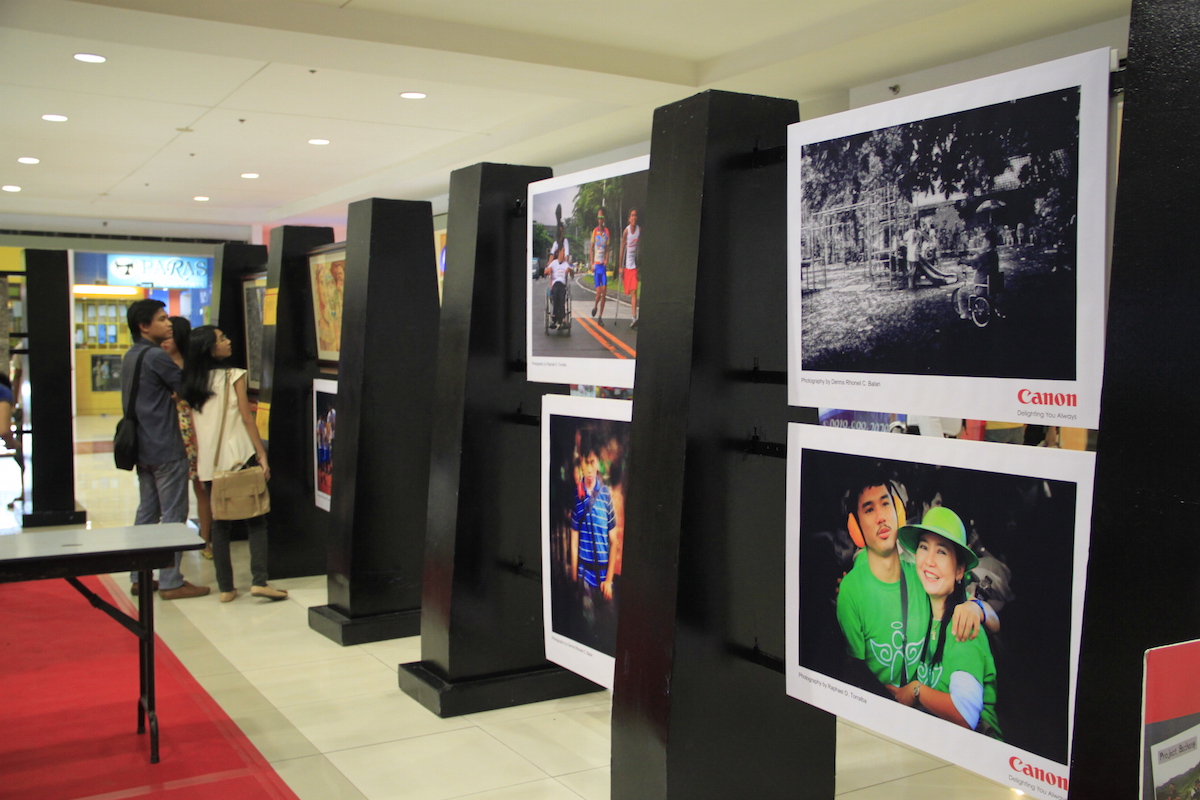
Torralba, who is a foreign service posts coordinator at the Department of Foreign Affairs, is organizing a regional workshop scheduled next year on the formation of a hard of hearing organization.
When IFHOH first contacted him four years ago, Torralba was then working as a writer and photojournalist at Withnews, a nongovernment organization and online news site on Persons with Disabilities based in South Korea.
Writing for Withnews exposed him to the different issues of persons with disabilities in the Philippines. His pieces were mostly on life stories of famous and successful PWDs, like Lauro Purcil, lead convenor in the Philippine Coalition on the United Nations Convention on the Rights of Persons with Disabilities (PCUNCRPD).
When the photojournalist in Withnews resigned, Torralba was assigned as replacement. At the time, he had no experience in photography. But he accepted the job, treating it as a challenge to strive harder.
“Kuha lang ako ng kuha. Ganun pa rin. Malabo pa rin yung iba kong pictures. Napagsabihan pa ako ng boss ko. Wala akong alam nun. So yung ginawa ko, nag-self study na lang ako, mga books tapos mga Internet guides sa mga photographers (I just took shot after shot. It stayed the same. Some of my pictures were blurred. My boss even reprimanded. I knew nothing about photography back then. What I did, I self-studied with the use of books and Internet guides on photography),” he said.
It was during his coverage in 2008 of the “Photography with a Difference” project of John Chua, an advertising and commercial photographer,with Canon Philippines that Torralba discovered the power of photography. He found that photography can touch the lives of PWDs, and this was when his advocacy started, which is to raise awareness on the potential of PWDs in the Philippines.
“Take my case. I want accessible communication, so I express it through photography. I would take a picture of a parent and a Deaf child bonding using sign language. I am expressing through picture our communication needs,” he said in Filipino.
Torralba’s big break in the field of photography happened also in 2011 when he competed at the 8th International Abilympics in Seoul. The International Abilympics competitions, “Olympics of Abilities,” are skills competitions for people with disabilities and special needs.
Torralba represented the Philippines in the photography category. He was among the top 10 out of 27 represented countries who excelled in photography.
After his triumph, Torralba, together with Deaf photographer Dennis Balan who was a photography Abilympian in 2003 and Jose Dela Cruz who was a painting contestant at both 2003 and 2011 International Abilympics, held photo and painting exhibits in malls, showcasing the talents of PWD artists and proving that their abilities are worthy of employment. Employers who saw the exhibits sent their calling cards to Torralba, offering PWDs jobs.
The United Nations Convention on the Rights of Persons with Disabilities mandates states to ensure the right of PWDs to the opportunity to gain a living in a work environment that is open, inclusive and accessible to them.
Unfortunately in the Philippines, many PWDs don’t stand a chance of getting work because of their disability. This even as the Magna Carta for Disabled Persons guarantees that “no disabled persons shall be denied access to opportunities for suitable employment.”
Torralba knows what it is like to be a victim of discrimination in school and in the job market.
His classmates and even his teachers bullied him when he was in school. He recalls his elementary teacher shouting at him and throwing his book away while the class was reading a story silently. Most of his classmates were laughing at him while some took pity. When Torralba’s mother learned about the incident, she reported it to the principal. The teacher was dismissed, but the bullying did not stop.
In college, a professor who knew his condition marked him absent after he failed to respond to his roll calls for attendance.
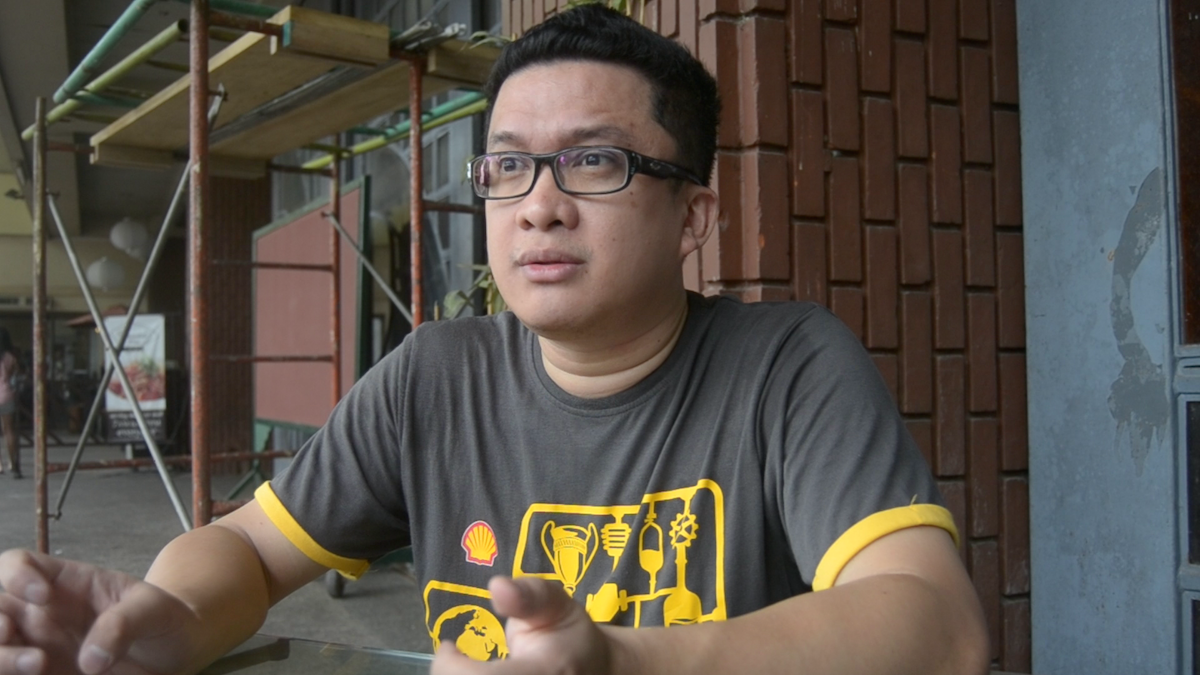
Having difficulties communicating with people, Torralba practiced lip reading in his youth. And if he still had troubles understanding what the person was saying, he would ask the person to write what he or she wanted to say on a piece of paper.
After graduating from college, Torralba spent two years applying for a job but was repeatedly rejected because of his disability. For example, he applied at a multinational company and passed the exam and interview. But when he underwent medical examination, the doctor turned him down because he is hard of hearing.
“Ang tinitignan nila, yung disability ko, hindi yung ability ko (What these companies see is my disability, not my disability),” he said.
Fortunately, he stumbled upon the job opening at Withnews. He applied and got his first job. The rest is history.
Today, Torralba has a stable job and is recognized as an advocacy photographer. He is channeling his efforts toward create a hard of hearing organization in the Philippines which he hopes will be his legacy. But his advocacy of helping PWDs through his pen and his camera continues to consume him.
“Para sa akin, pinakamalaki kong achievement ay naiinspire ko yung mga persons with disabilities. Wala nang replacement(For me, my greatest achievement is when I inspire persons with disabilities. There is no replacement),” he said.
(The author recently graduated with a journalism degree from the University of the Philippines-Diliman. She submitted this story for the journalism seminar class “Reporting on Persons with Disabilities” under VERA Files trustee Yvonne T. Chua.)
